GraviPro vs Traditional Counterweights: A Practical Comparison for VR Comfort, Balance, and Usability
Choosing the right balance solution for a VR headset can make or break long sessions. This side‑by‑side comparison examines GraviPro dynamic lifting balance boosts against traditional counterweights, focusing on the mechanics, ergonomics, day‑to‑day comfort, and integration choices that matter to VR gamers, headset designers, and developers. ⏱️ 11-min read
Read on for concrete differences—how each system shifts your center of gravity, the real impact on neck load and fatigue, setup and calibration trade‑offs, motion behavior in fast gameplay, ecosystem compatibility (including Vision Pro and FlitLift), maintenance expectations, developer hooks, and a practical decision guide for various use cases.
GraviPro vs Traditional Counterweights: Core Mechanisms
At the most basic level, the two approaches solve the same problem—counteracting front‑heavy headset mass—but they do it differently. Traditional counterweights are dead simple: you attach mass to the rear of the headset or harness to offset forward torque. The physics are predictable—more mass farther back produces a rearwards moment—but that predictability comes with a cost: the headset’s balance point is fixed and inertial, so it resists rapid repositioning and concentrates force where the weights connect.
GraviPro takes a different route. It uses a guided lift path inside a low‑friction track, precision sensors, and small micro‑adjusters to shift the effective support axis dynamically as you move. Rather than simply hanging weight behind the head, GraviPro steers the balance along a controlled arc that follows natural head and torso motion. The system applies gravitational assist and coordinated actuators to distribute forces over time, smoothing posture changes and damping sudden tilts. That reduces peak loads at attachment points and makes the headset feel more stable and responsive during micro‑adjustments.
In practice, the distinction is one of static versus adaptive balancing: counterweights are simple, passive ballast; GraviPro is an active, gravity‑guided system designed to track and support human motion rather than resist it.
Center of Gravity, Biomechanics, and Neck Load
How a balance solution moves your center of gravity (CG) changes the biomechanics of wearing a headset. Traditional counterweights shift the CG rearward, lengthening the neck’s moment arm. Looking up, down, or to the side requires greater cervical muscle effort because the weight vector sits behind the pivot point. Over time, that increases sustained extensor activity and can create stiffness or soreness in the neck and upper thoracic regions.
GraviPro routes part of the load through a torso‑focused path—often via a belt or integrated lift—so a portion of the headset’s effective mass is transferred toward the hips and chest. That centralizes the CG, shortens the neck moment arm, and spreads load across the chest, spine, and hips. The result is lower peak forces on cervical joints and less localized fatigue in neck stabilizers during extended use. Users typically experience a more neutral head posture and lower compressive loading on the upper spine.
Of course fit matters: strap tension, pad placement, and body shape change outcomes. But for long sessions where muscle endurance and joint health are concerns—enterprise training, marathon gaming, or developer testing—the biomechanical advantages of a centralized CG are substantial. Counterweights still work well for short bursts or when budget and simplicity take priority, but they demand more frequent adjustment to avoid accumulating neck strain.
Comfort and Fatigue in Long Sessions
Comfort is where theory meets real wear time. GraviPro’s balanced lifting system spreads load across larger contact areas—forehead pads, cheek/jaw supports, and a torso belt—reducing peak pressure points at the temples and forehead. Soft, contoured pads and a breathable back plate limit hotspots and rubbing, which in turn decreases sweating and the urge to readjust during long sessions. Many early users describe a “weightless” perception: the headset feels supported rather than pulled, and facial pressure is diffuse rather than focused.
Traditional counterweights concentrate force toward the rear and often create a single pressure zone where straps and the headband meet the skull. After an hour or two, that pressure becomes noticeable: temple ache, strap digging, and more facial contact adjusting. Heat buildup is another practical downside—dense masses at the back trap heat against the neck and upper back, increasing discomfort over time.
Comfort metrics to consider include pressure distribution, skin temperature at contact points, and subjective fatigue scores over standardized session lengths. GraviPro’s adjustability—fine front‑to‑back tuning and modular padding—lets you optimize for glasses, hair styles, or facial geometry. Counterweights are simpler to fit initially but offer fewer levers to manage hotspots once they appear. For endurance sessions, the distributed, low‑profile approach tends to deliver steadier comfort and fewer interruptions.
Setup, Calibration, and Adjustability
Setup tradeoffs are practical ones: time to ready, the precision of balance, and ease of changing profiles between users. Traditional counterweights win on simplicity: mount the weights, lock them with pins or screws, eyeball symmetry, and you’re done. First‑time balancing usually takes 8–12 minutes as you tune by feel; consistent users can get faster as they memorize positions.
GraviPro asks for a bit more initial interaction but rewards with precision. Quick‑connect arms snap onto the headset, and the kit includes sensor pods and a compact balance module. The app‑guided calibration walks you through a light tilt routine; built‑in sensors log balance and confirm symmetry. Typical calibration times after mounting are 1–2 minutes. The real advantage is on‑the‑fly adjustment: small tweaks can be applied through the companion app or a tactile dial, letting staff or players fine‑tune tension without disassembly.
Practical setup checklist:
- Mount module and secure brackets to the headset frame.
- Route and clip sensor and power cables to avoid lens interference.
- Run the app calibration routine and perform light head tilts as prompted.
- Save user profiles for different players or use cases.
If your environment needs rapid swapping between users—arcades, training rooms—GraviPro’s profile save and quick recalibration are strong benefits. If you only need a low‑maintenance, plug‑and‑play solution for occasional use, traditional weights remain an effective choice.
Motion Stability and Responsiveness
Motion behavior is often the deciding factor for competitive play and tightly tracked experiences. Traditional counterweights deliver a predictable inertial baseline: once the mass is in place, the headset’s response is consistent, but heavier rear mass can introduce a brief pendulum effect during quick yaw, pitch, or diagonal motion. That momentary lag or sway is the cost of moving mass with momentum—it takes time for the weight to settle relative to the wearing frame, and that can blur micro‑corrections in fast gameplay.
GraviPro’s active balancing and gravity‑guided lift aim to eliminate that compromise. By placing the effective counterbalance closer to the headset pivot and using micro‑adjustments tied to sensor readings, GraviPro reduces vertical wobble and lateral sway during rapid head turns. Players report crisper horizon tracking and fewer perceived drifts when sweeping the view. Because the system applies counterforce smoothly, perceived latency when pivoting is lower than you’d expect from a mechanical system.
That said, active systems introduce their own design constraints: the control loop must be tuned to avoid overcorrection or oscillation, and firmware latency needs to be predictable. In well‑designed GraviPro implementations the result is a steadier camera feel, better alignment for motion‑sensitive tracking, and fewer micro‑adjustments clogging gameplay. If your title demands split‑second head tracking fidelity, the smoother micro‑adjustments from an active balance boost are a clear benefit.
Compatibility and Ecosystem (Vision Pro, FlitLift)
Compatibility is less glamorous but critical: will your chosen balance method work with Vision Pro or the accessories you already own? GraviPro balance boosts are tuned to complement heavy, front‑biased headsets like Vision Pro by keeping more mass near the user’s CG and minimizing front‑to‑back tilt. Many kits provide mounting brackets and alignment presets for Vision Pro models, reducing the experimental fitting most third‑party accessories require.
FlitLift occupies a related space. Marketed as “The Ultimate VR Accessories For Weightless Vision Pro Comfort,” FlitLift emphasizes a support arm that moves mass away from the face and provides modular lift options. In practice, FlitLift and GraviPro can be complementary: FlitLift supplies an external support structure while GraviPro delivers dynamic balance tuning. When evaluating compatibility, confirm mounting patterns, attachment points, and weight limits for your Vision Pro variant.
Interoperability depends on shared standards. GraviPro vendors increasingly support common brackets and electrical connectors, and the ecosystem is evolving toward plug‑and‑play adapters. If you plan to future‑proof your investment, prioritize solutions with modular mounts, documented compatibility lists, and an active accessory ecosystem—those choices make it easier to upgrade parts or pair systems like FlitLift without reengineering your rig.
Durability, Maintenance, and Reliability
When you pick a balance system, think beyond day one: how will it handle hundreds or thousands of hours of use? Traditional counterweights are low‑tech and inherently robust. There are fewer moving parts, no batteries, and fewer failure modes. Visual inspections for loosened fasteners and occasional retightening typically keep them serviceable for years.
GraviPro introduces moving components, sensors, and sometimes small actuators, so maintenance considerations are different. Well‑engineered modules minimize exposed wear points by compacting mechanics into sealed assemblies and reducing long external linkages. Still, you should expect routine checks: verify torque on mounts, inspect sliders and pivots for debris, and confirm firmware updates. Battery life and power management matter if your GraviPro variant uses active components—plan for charging cycles or swap‑out modules in enterprise settings. Modular designs make field replacement simpler and reduce downtime.
Reliability in active systems comes down to three things: build quality, firmware maturity, and service support. Choose vendors with clear maintenance guidance, replacement parts availability, and solid warranties. For mission‑critical environments—training centers, esports events—maintain spares and a small toolkit for quick swaps. For casual home use, the added maintenance of an active system is manageable and often offset by improved comfort and session length.
Developer Integration and Customization
Developers evaluating balance solutions should think about how hardware can enhance immersion rather than complicate it. GraviPro often exposes telemetry and calibration APIs that let apps query balance state, subscribe to health events, and adjust conservative actuator limits for safety. Token‑based access, JSON telemetry streams, and webhook endpoints make it straightforward to integrate balance data into debug tools, live diagnostics, or adaptive comfort settings in‑app.
Practical uses are numerous: a title can detect when a player is leaning and subtly adjust UI placement, or trigger a recommended recalibration if imbalance persists. Modular weight modules and sensor pods make it possible to create per‑experience presets—“cinema mode” for media viewing, “competitive mode” for minimal dynamic assistance, and “comfort mode” for long sessions. Developers should surface these options in settings and provide one‑tap restore points so users can return to factory‑safe profiles.
Testing guidance:
- Use a matrix of head movements (pivots, tilts, quick saccades) to log latency and drift under different balance settings.
- Measure subjective comfort across 30, 60, and 120‑minute sessions with both systems.
- Design fallback behavior—what happens if a GraviPro module loses power mid‑session?—and test it repeatedly.
Offering dynamic balance as an optional feature is often the right call. Let power users and long‑session testers enable it, while keeping a stable passive fallback for competitive players who prefer absolute predictability.
Cost, Value, and Use‑Case Scenarios
Price will always factor into the decision. Traditional counterweights are inexpensive, easy to source, and low maintenance—an excellent choice for hobbyists, small studios, or setups where budget and simplicity outweigh marginal comfort gains. Expect low upfront cost and long life with minimal replacement parts.
GraviPro carries a higher upfront cost because of sensors, actuators, and the engineering behind dynamic balancing. But cost should be weighed against value: less neck fatigue, fewer session interruptions, improved motion stability, and developer hooks that enable adaptive experiences. For Vision Pro users, enterprise training facilities, and esports teams who demand long sessions with minimal physical strain, GraviPro often delivers a compelling ROI.
Quick decision guide:
- Choose GraviPro if you run frequent multi‑hour sessions, manage a fleet of headsets (training centers), or want tighter motion stability for fast gameplay.
- Choose traditional counterweights if you need a budget solution, want a low‑maintenance option, or your sessions are short and intermittent.
- Consider hybrid setups—FlitLift + GraviPro—for Vision Pro installations that need mechanical support plus active balancing.
Factor in replacement parts, warranty terms, and expected lifespan. Active systems may require periodic firmware updates and occasional part swaps, so factor service contracts for enterprise deployments.
Practical Takeaway and Next Steps
If your priority is simple, durable balancing with minimal upkeep, traditional counterweights remain a sensible, low‑cost option. If you want a more comfortable, responsive, and long‑session friendly experience—especially on heavier headsets like Vision Pro—GraviPro’s dynamic lift and torso‑oriented load routing are worth the investment. For developers, enabling dynamic balance as an optional, testable feature unlocks new UX possibilities without alienating players who prefer passive setups.
Next steps:
- For designers: request evaluation units and run 60– and 120‑minute trials with representative users to measure fatigue and motion stability.
- For developers: instrument your build to capture balance telemetry and test fallback scenarios for power loss or disconnection.
- For buyers: verify mounting compatibility with your headset model, check warranty and service availability, and consider hybrid setups if you need both mechanical support and active balancing.


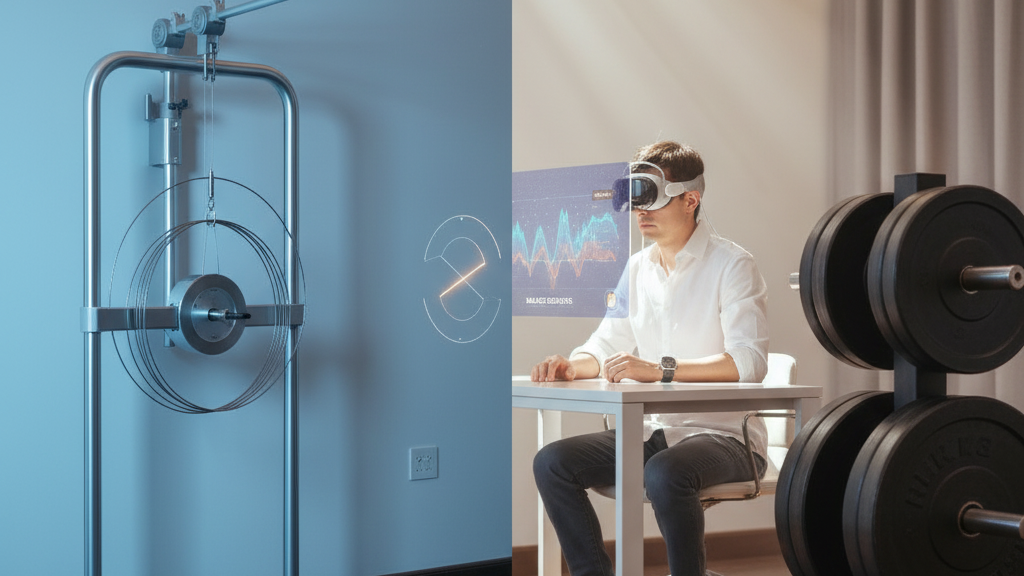
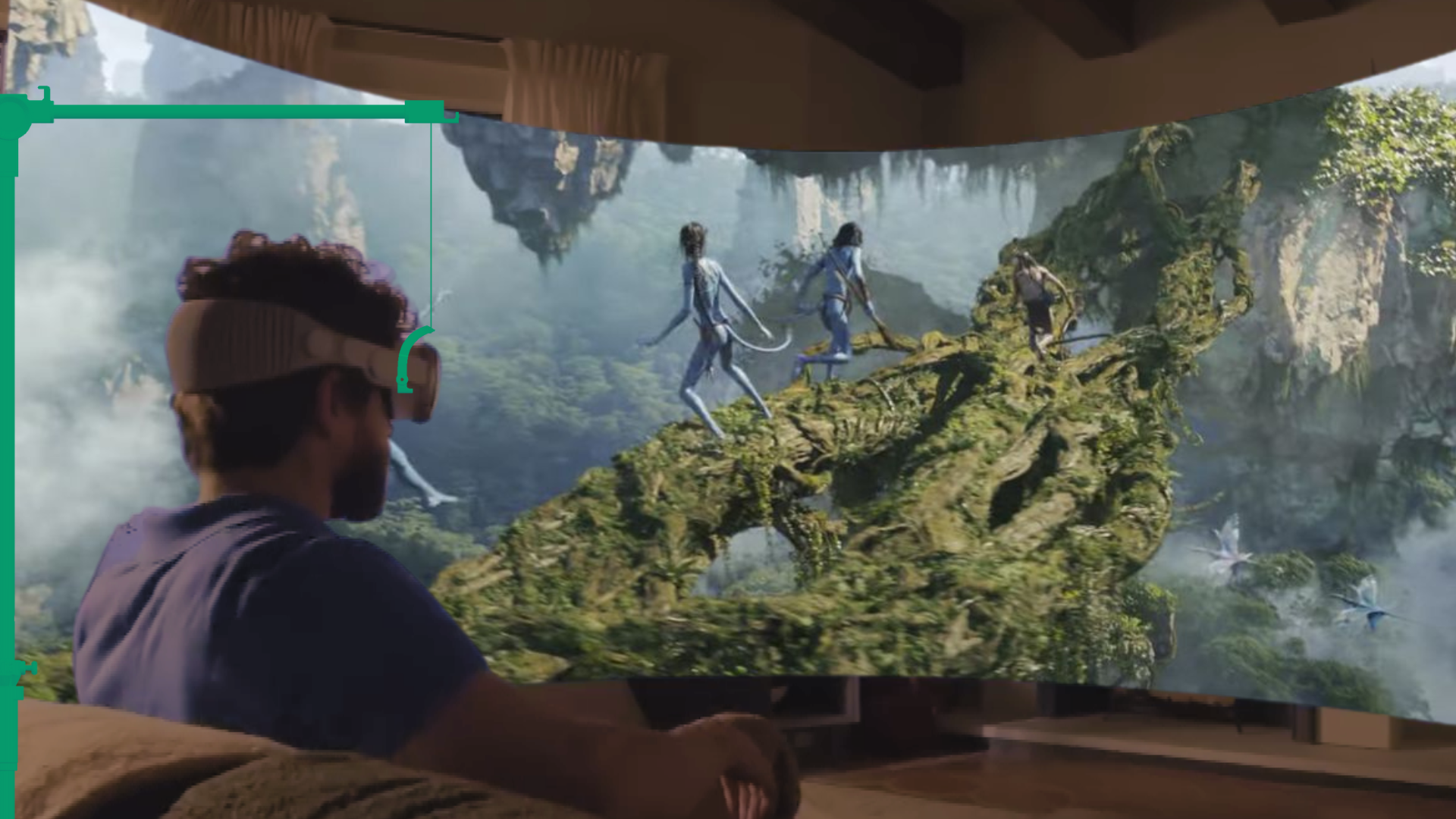
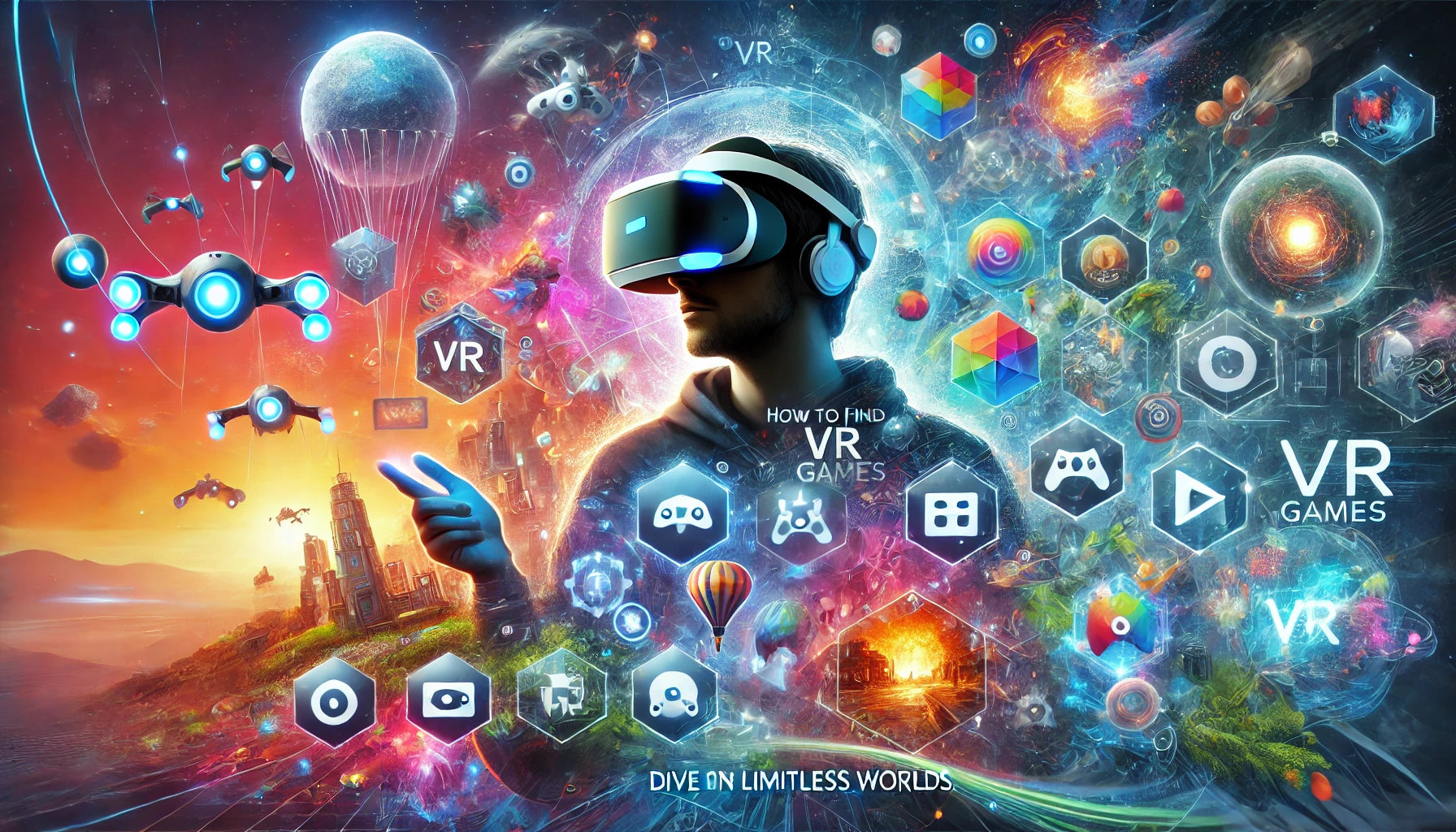
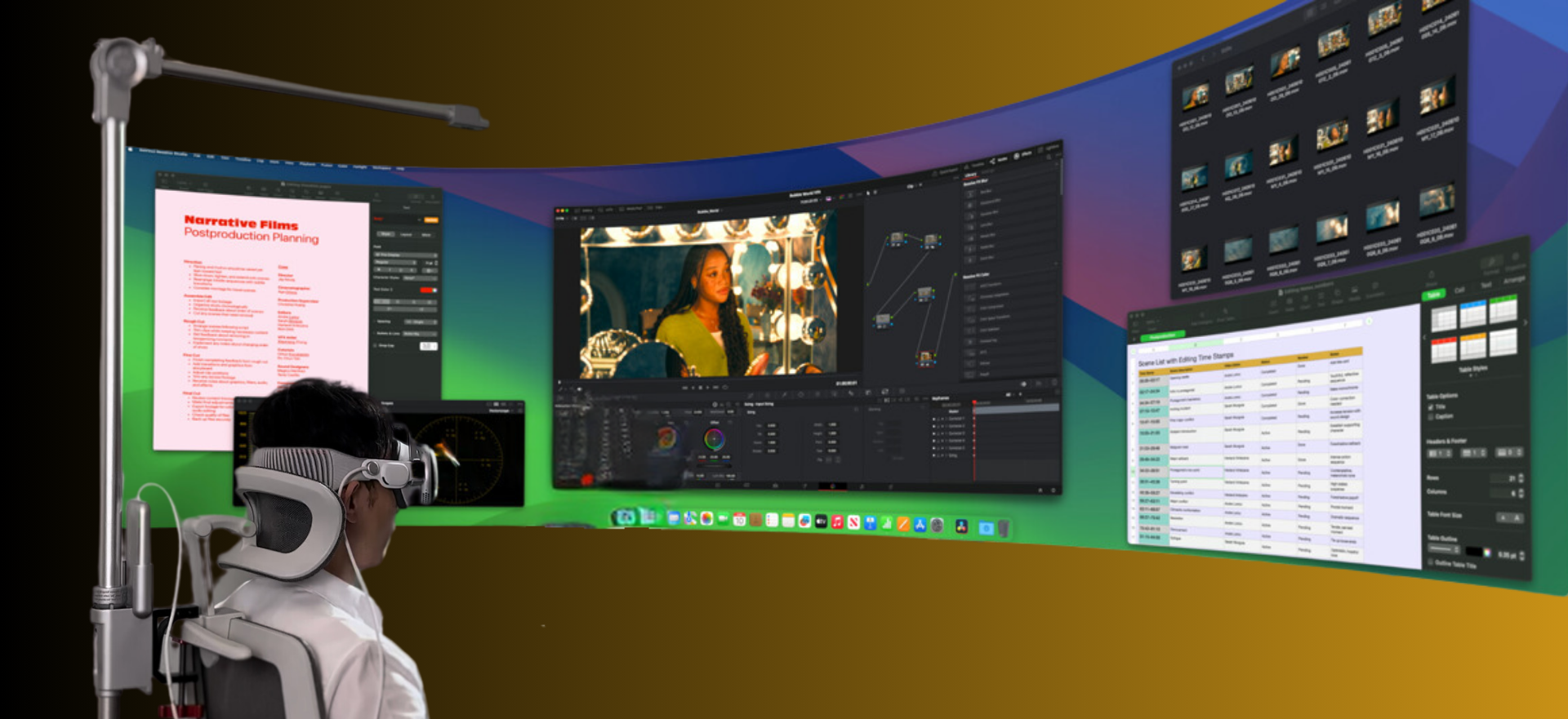
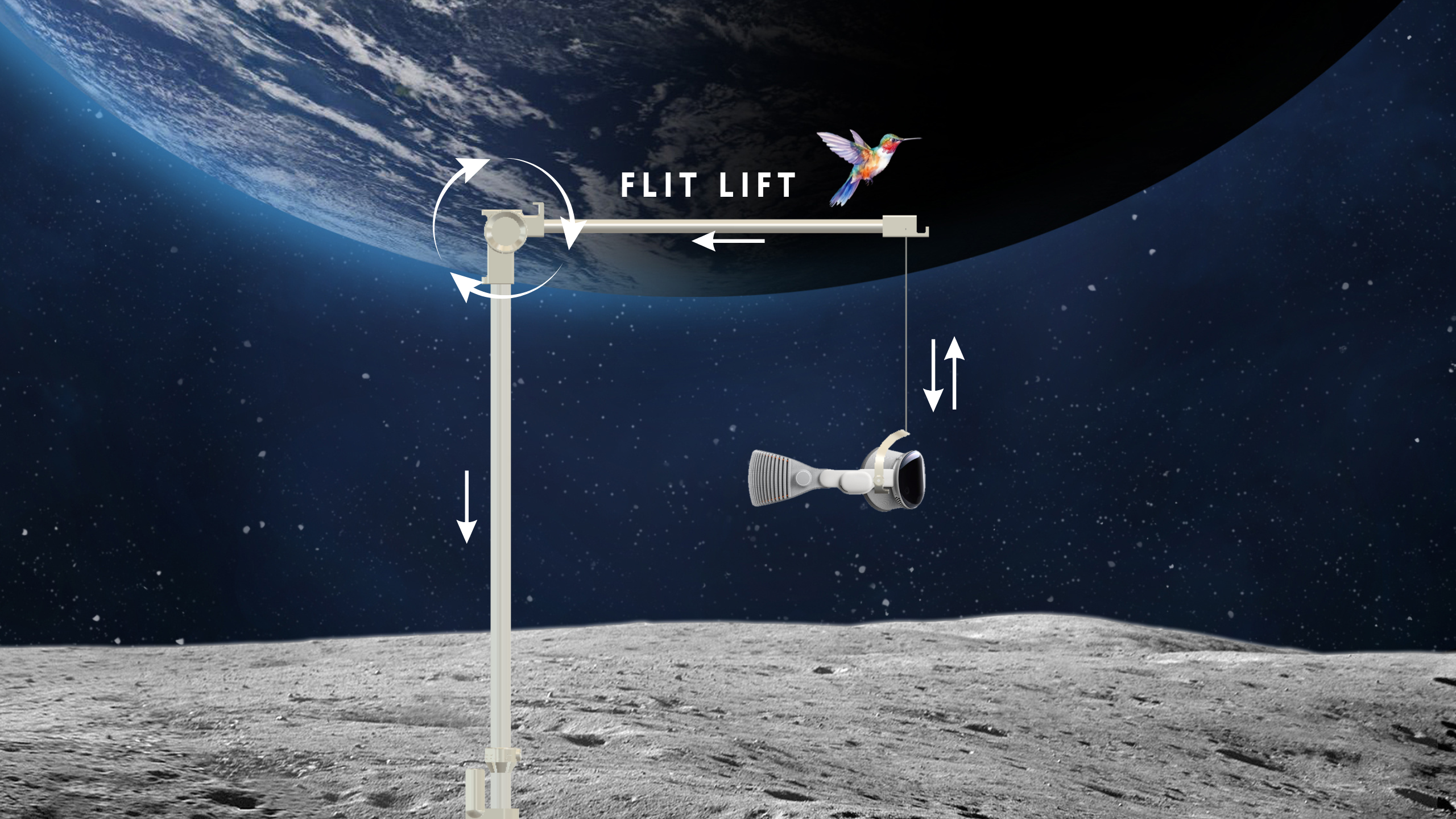

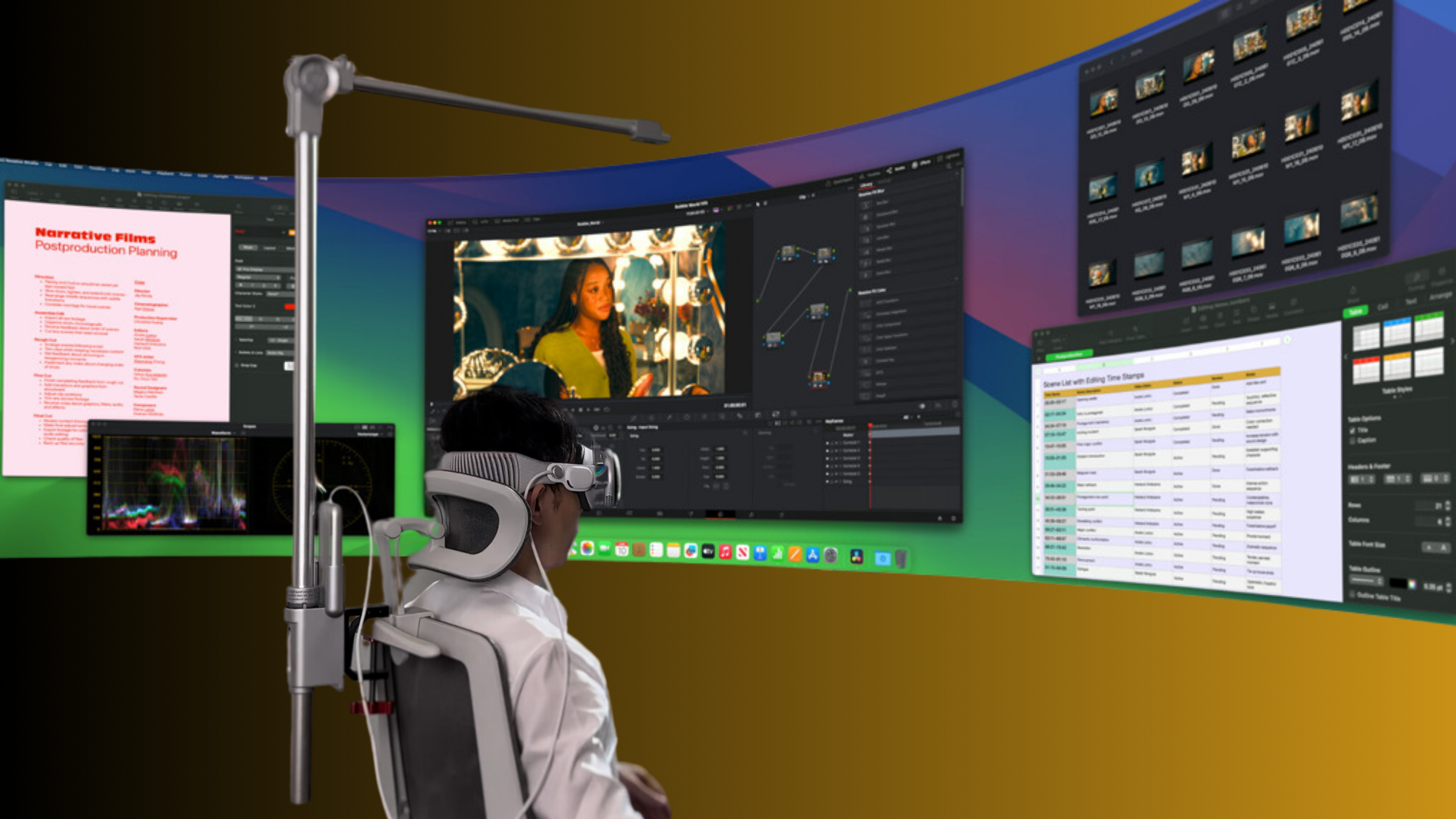

Share:
Flit Lift in Corporate VR Training: Enhancing Worker Endurance and Focus
GraviPro vs standard ergonomics: a comparative guide for VR headset comfort and stability